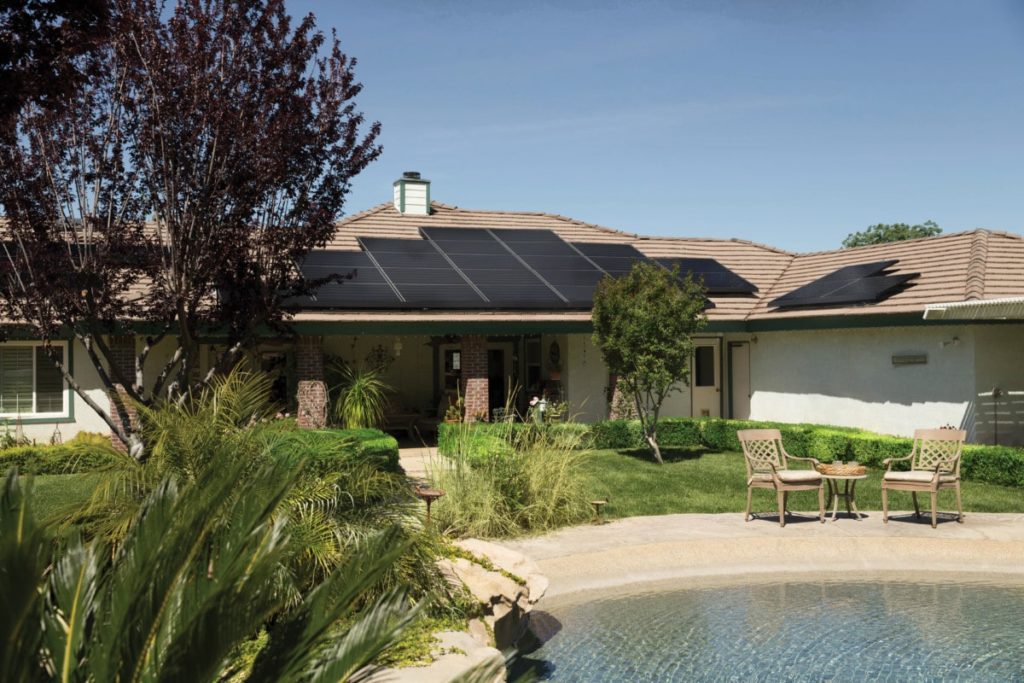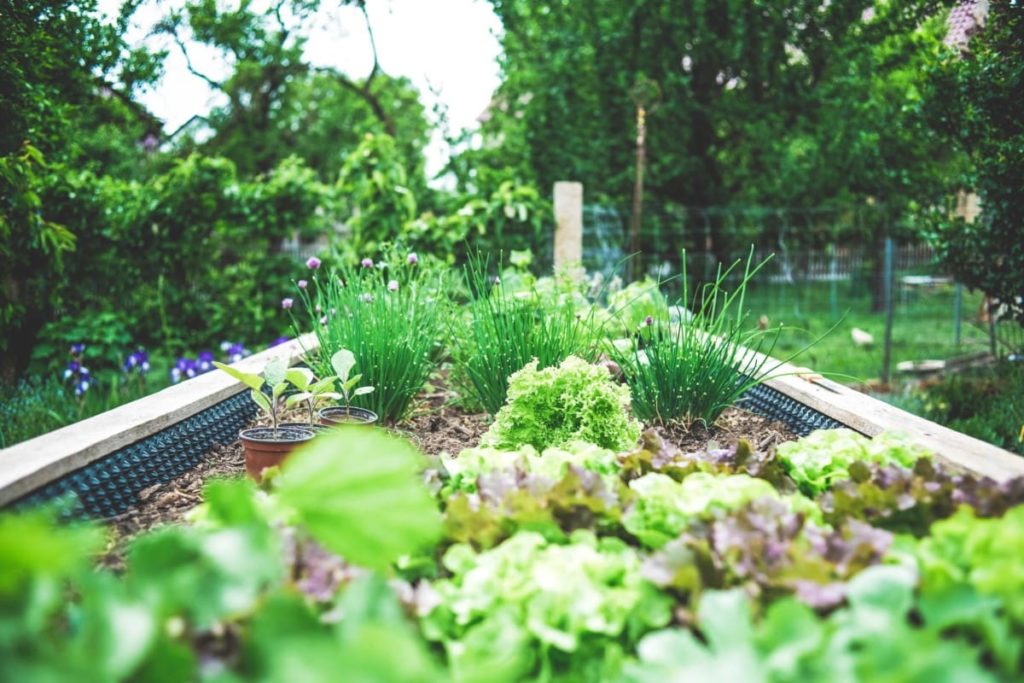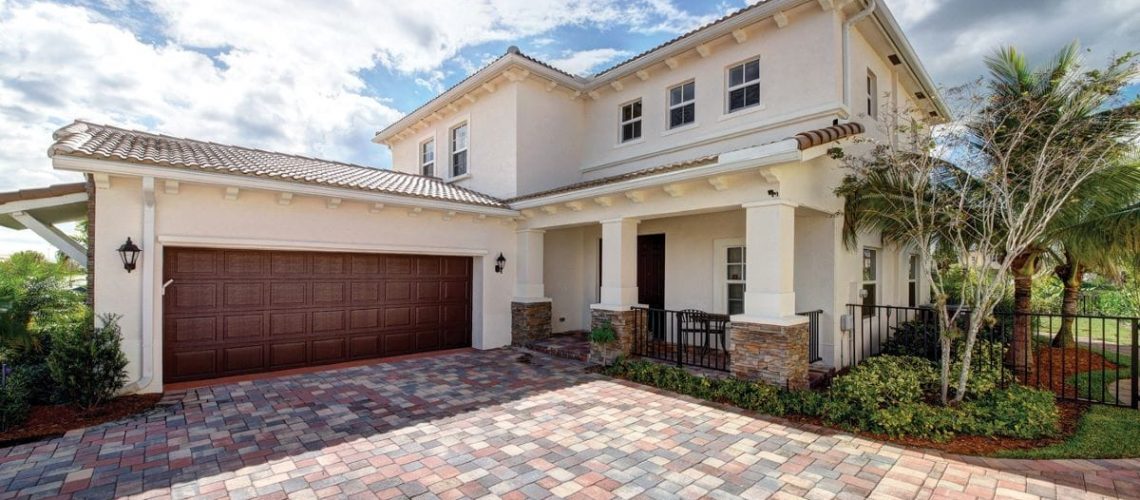In today’s environment, there are many ways homeowners can reduce their waste and energy use. Whether it be from planting a garden, composting, or reusing items that were previously recycled, the opportunities are endless. And, if you live in a hot climate that receives a considerable amount of sunlight – like Phoenix, Arizona or Miami, Florida – maybe switching to solar power is the right option for you. We asked experts from across the country to share their tips on how homeowners can reduce their carbon footprint and live a more sustainable life.

Repurpose containers you would otherwise toss out
Instead of tossing food containers – which may not actually end up being recycled – keep a small collection that can be repurposed. For example, a jar of spaghetti sauce can be used to hold pens or small tools, as drinking glasses, to store leftovers, or to keep hair ties. Even if you have a small space, find a shelf where you can store containers in a (reused) cardboard box and grab one the next time instead of purchasing a new container. – Bev Goes Green
Make small changes in the kitchen and bathroom
Keeping a waste-free home can be difficult, but a few simple, low-cost changes can lessen your home’s environmental impact dramatically. Consider the two most wasteful rooms in your home, the kitchen and the bathroom. Try swapping plastic straws for reusable straws in the kitchen, and why not invest in a safety razor for your bathroom. – Jungle Straws / Jungle Culture
Grow your own food in your backyard
Having a backyard garden can reduce your carbon footprint substantially. When you grow your own food it takes less resources to grow and to make its way to your table. But one of the ways we have reduced our resource use even further is by installing a rainwater barrel to water our garden. It was super simple to install ourselves in an afternoon and now we save 200 or more gallons of water every month. – Sustainably Shelbi
Discover new ways to live a sustainable lifestyle
Separating and composting your food scraps can be the first step into a world of sustainability. When you begin to separate your waste into three categories–compost, recycling, and landfill, you become more mindful about what is in all three categories. Then you can go about discovering what you’re actually wasting and how you could shop or eat differently to reduce. Reduce, reuse, recycle-it’s a hierarchy! – Collective Resource Compost
Make fertilizers for your garden
Limit your food waste by creating nutrient-rich fertilizers that your indoor and outdoor garden will love. Bananas are full of potassium, coffee grinds are full of nitrogen, and fish bones (if processed properly) are chock full of phosphorus. – Food Cycle Science

Design an edible landscape
Homeowners can help preserve the environment by implementing edible landscapes into their property. Work with a landscape designer to create a landscape with plants that offer both aesthetic and sustainable nutrition, like a lemon tree for example. – Prana Nutrition
Use a solid-state hard drive
Consider upgrading your older laptop or computer instead of buying a new one by replacing the hard drive with a solid-state drive. You will notice your laptop running much faster, adding years to its life. – High Tech Recycling
Wash your clothes in cold water rather than hot water
Homeowners can easily reduce their demand for energy by changing their laundry practices. For example, consider washing all your laundry with cold water. GE Appliances estimates that 75 to 90 percent of all the energy your washer uses goes to warming up the water. By switching to cooler water less energy is used and this can result in a lower bill for you! It’s a win, win for the homeowner and the planet. –The Honest Consumer
Introduce more vegetables into your home
Homeowners can help preserve the environment by trying to lead a more conscious lifestyle, ditching things they don’t really need to make more space for the things that make them happier and healthier. One practical way to apply this is to decrease your meat consumption and eat more vegetables, which will help you feel better, live longer, and reduce your amount of greenhouse gas emissions. – Simple Vegan
Eat more veggies! The vegan lifestyle has the smallest footprint on the environment, as far as land use, water consumption, and greenhouse gas emissions. Plus, your health will benefit from it, too. – Better Vegan
Add a solar awning if your roof is too small
Is your roof is too small to get enough electric power from solar? Try adding a purpose-built solar awning facing south underneath your roof eave all along the side of your house. This would also give a little shade and shelter from the rain as you enter your door. – Harvest Sun Solar
Incorporate automation to reduce your carbon footprint
Installing automation technology provides an easy way for homeowners to monitor their device usage, which can save you money and wasted energy, and also reduce your carbon footprint. We’re working on a system that can anticipate people’s needs based on how they interact with their home’s devices and take actions proactively to help before you realize you need assistance. –Josh.ai


